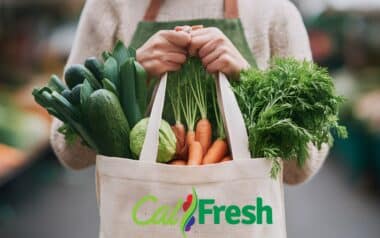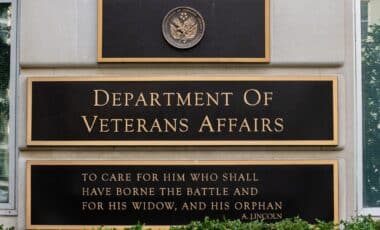As the cost of living remains high for many Americans, the Supplemental Nutrition Assistance Program (SNAP) continues to provide critical support to low-income households across the country. In July, eligible families of four in most states can receive up to $975 in food assistance, with some regions distributing even higher amounts due to local economic conditions. These benefits are loaded directly onto Electronic Benefits Transfer (EBT) cards and are used to purchase essential groceries.
While maximum benefit amounts are determined at the federal level, the administration and distribution of payments vary by state. This month’s payment calendar highlights differences in issuance dates, benefit levels, and regional cost adjustments, with many states continuing to deliver benefits throughout July.
Maximum Payments Vary by Region
In the 48 contiguous states and the District of Columbia, the maximum SNAP payment for a household of four is $975. However, higher benefits are issued in territories and states where the cost of living is significantly higher. For example, households of the same size may receive up to $1,723 in Hawaii and $1,437 in Guam. In Alaska, where all payments were distributed on July 1, the maximum benefit reaches $1,953, the highest of any U.S. state or territory.
Despite these maximum figures, not all families receive the full amount. According to the Center on Budget and Policy Priorities, the average SNAP benefit for a family of four is approximately $726. Eligibility and benefit levels depend on household income, expenses, and other federal criteria.
Distribution Timelines Differ by State
SNAP benefits are not distributed uniformly across the country. Each state follows its own payment schedule, which can range from a single-day issuance to a distribution period lasting most of the month. On July 5, states such as Georgia, Indiana, New Hampshire, and Utah began issuing benefits to eligible households.
Other states have longer distribution windows. For example, Florida and Texas issue payments over a span of nearly four weeks, from July 1 to July 28. California, Colorado, Idaho, and Illinois complete distributions by July 10, while Maryland, Louisiana, and Alabama continue issuing benefits as late as July 23. New York’s payments run from July 1 to July 9, while Connecticut wraps up by July 3.
Expanded Benefits in U.S. Territories
Several U.S. territories administer SNAP benefits with increased maximum amounts. In Guam, a family of four may receive up to $1,437, while in Puerto Rico, benefits are distributed between July 4 and July 22. The U.S. Virgin Islands completed all distributions on July 1.
These increased benefits reflect higher food and living costs in remote or island regions, where transportation and supply chain factors influence local prices. Eligibility requirements remain consistent with mainland programs but are adjusted to reflect regional economic conditions.
Additional Programs Boost SNAP Purchasing Power
To stretch limited food budgets, some states offer additional programs alongside SNAP. One such initiative is the Double Up Food Bucks program, which matches EBT dollars spent on fruits and vegetables, allowing participants to buy more produce for the same cost. This program is particularly beneficial for families trying to maintain healthy diets despite limited resources.
While not every state offers these incentives, the Double Up program is one example of how states can amplify federal assistance with targeted initiatives to improve nutritional outcomes for SNAP recipients. These additional benefits often depend on local funding and administrative partnerships.
While the maximum benefit for a family of four is $975 in most states, not all households receive this amount. Factors such as income, deductions for housing and utilities, and other household expenses influence the final benefit calculation. As a result, the national average benefit for this household size remains at $726, significantly lower than the maximum possible amount.









